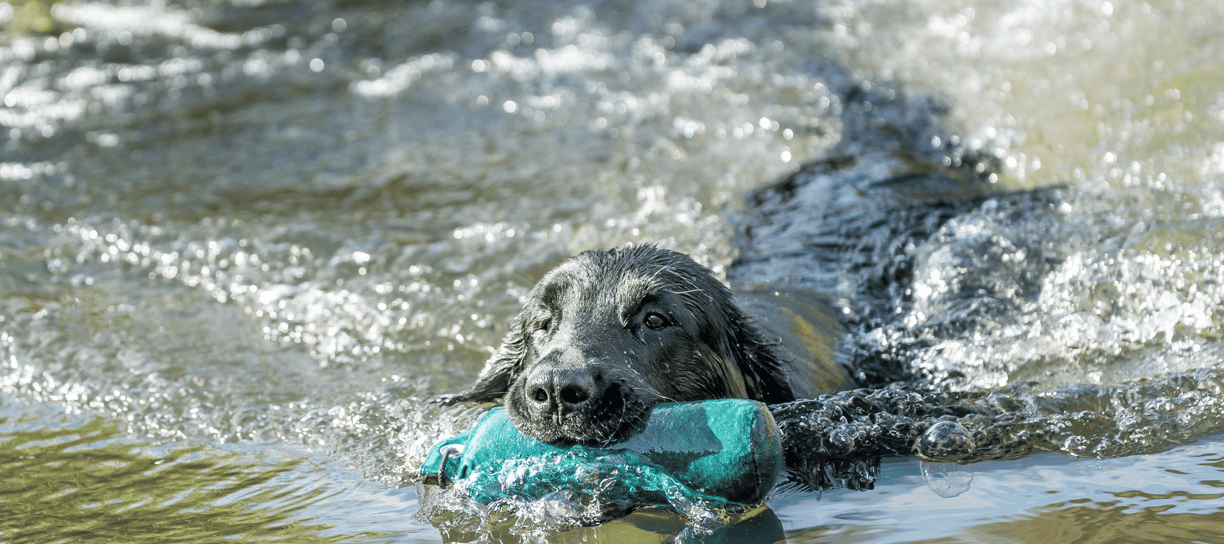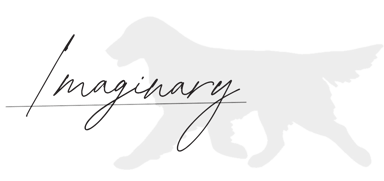Flat-Coated Retriever:


A Versatile and Loyal Companion
The Flatcoated Retriever is a cheerful and energetic breed prized for its sleek, glossy coat, which comes in solid black or rich brown. Often referred to as the “Peter Pan” of retrievers, they are known for their perpetual puppy-like enthusiasm that lasts well into adulthood. Friendly and outgoing, they are renowned for their intelligence, adaptability, and versatility in roles such as retrieving, hunting, and even therapy work. Their eagerness to please and gentle nature make them highly trainable, though they thrive best with regular exercise and mental stimulation. Delightful companions for active families, Flatcoated Retrievers bring endless joy and energy to any home.
The Flatcoated Retriever originated in the United Kingdom during the mid-19th century. Developed as a multipurpose hunting dog, they are believed to have descended from a mix of Newfoundland dogs, Labrador Retrievers, Setters, and possibly Collies. Their original purpose was to retrieve game both on land and in water, which explains their remarkable versatility and natural retrieving instincts. Initially popular among hunters, they gained recognition as a show breed in the early 20th century.
Breed Origin
The Flatcoated Retriever is a medium-to-large-sized dog with a distinctive, elegant appearance. Their most striking feature is their sleek, glossy coat, which lies flat against their body and comes in either black or liver. They have a long, moderately broad head with expressive dark eyes that convey warmth and intelligence. Their well-feathered tail and graceful movement highlight their balanced and athletic build. Males typically stand 58–61 cm tall, while females range from 56–59 cm, with weights varying between 27–36 kg.
Physical Characteristics
Flatcoated Retrievers are known for their sunny disposition and boundless enthusiasm for life. They are exceptionally friendly, affectionate, and sociable, making them wonderful companions for families and individuals alike. Their "will to please" is one of their defining traits, which makes training a rewarding experience. They thrive on human interaction and are particularly good with children and other pets.
Temperament
As natural retrievers, Flatcoated Retrievers excel in retrieving game both on land and in water. Their soft mouths, keen noses, and strong swimming abilities make them outstanding working dogs in hunting and field trials. They are versatile and adaptable, capable of performing various roles, from retrieving waterfowl to locating game in challenging terrains. Their intelligence and drive also make them suitable for search-and-rescue operations and therapy work.
Working Ability and Functions
Flatcoated Retrievers are highly active dogs that thrive in environments where they can exercise both their minds and bodies. They are particularly well-suited to canine sports such as obedience, Rally Obedience, canine water rescue, and of course, all sort of hunting disciplines. Their eagerness to learn and natural athleticism make them ideal competitors, while their joyful spirit ensures they enjoy every moment of the activity. Flatcoated Retrievers are happiest when their owners find an activity to share with them, whether it's retrieving, training, or a canine sport. Engaging in such activities fulfills their need to work, think, and please their master, strengthening the bond between dog and owner.
Sport and Activity Enthusiasts
Owning a Flatcoated Retriever comes with responsibilities, as they require consistent care to stay happy and healthy. Here are key aspects to consider:
Exercise: Flatcoated Retrievers are an active breed and thrive with a minimum of 1–2 hours of exercise daily. This can include long walks, runs, swimming, or play sessions. Regular physical activity is essential to keep them healthy, happy, and mentally stimulated, ensuring they lead a fulfilled and balanced life.
Grooming: Flatcoated Retrievers have sleek coats that are relatively low-maintenance. Occasional brushing is enough to keep their coat in good condition, especially to remove loose fur during shedding seasons. Regular trimming or a visit to a professional groomer a few times a year is recommended to keep their coat tidy and showcase their elegant appearance.
Training and Mental Stimulation: Due to their intelligence and eagerness to learn, training should be consistent, positive, and engaging. Puzzle toys, scent games, and training new commands are excellent ways to keep their minds sharp.
Socialization: They thrive on human interaction and are happiest when they are part of family activities. Flatcoated Retrievers do not do well in isolation and require companionship to prevent separation anxiety.
Maintenance and Care
Flatcoated Retrievers are ideal companions for families, including those with children and other pets, thanks to their friendly and sociable nature. They are also an excellent match for active individuals seeking a loyal companion to join them in their adventures. However, potential owners should be prepared to provide more than just daily leash walks—this breed thrives on active engagement and mental stimulation to lead a fulfilled and happy life. With the right level of attention and activity, they repay their owners with unwavering loyalty, affection, and companionship. Flatcoated Retrievers are highly social dogs that crave human interaction and want to be part of everything their owner does. Whether it’s a hike, a jog, or simply relaxing at home, they’ll always be by your side, ready to share in every moment.
